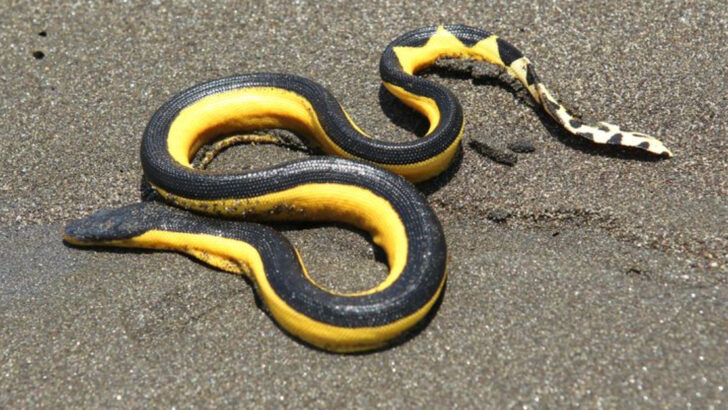Evolution isn’t slow. It can sprint.
Forget dinosaurs and ancient fossils—some animals are shape-shifting right now. While we scroll, stream, and sip coffee, nature is flipping the script on entire species.
Mice immune to poison. Fish surviving polluted waters. Birds changing their beaks in a single generation. This isn’t the stuff of textbooks—it’s happening outside your window.
These twelve species aren’t waiting around for the future. They’re racing through it, adapting so fast it’s catching scientists off guard.
Get ready to meet the rule-breakers of evolution.
Italian Wall Lizard
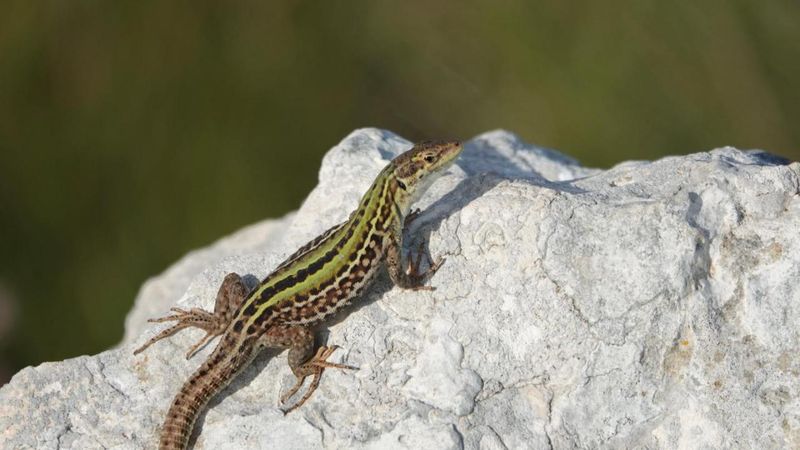
In the 1970s, a few Italian Wall Lizards were introduced to a small Croatian island. These lizards evolved remarkable physical changes in just decades. They developed stronger jaws and new digestive ceca to adapt to a more herbivorous diet.
This rapid evolution highlights the species’ ability to adapt to new environments quickly. Researchers continue to study these lizards as prime examples of fast-paced evolutionary change.
Their transformation provides insight into the dynamics of natural selection in isolated ecosystems, making them an intriguing subject for evolutionary biologists worldwide.
Peppered Moth
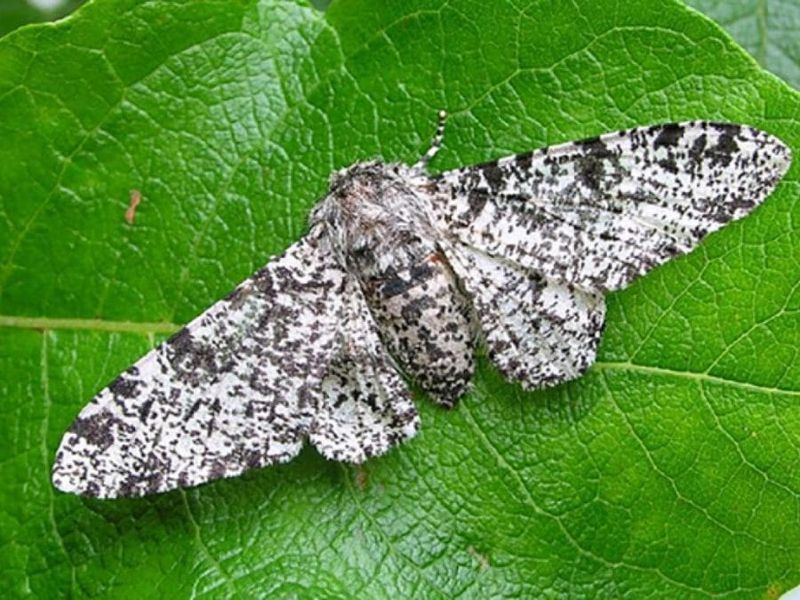
The peppered moth is a classic symbol of natural selection in action. In the 19th century, during the Industrial Revolution, pollution darkened tree trunks, favoring darker moths which were less visible to predators.
This phenomenon, known as industrial melanism, caused a significant shift in the moth population’s coloration.
As pollution has decreased, lighter moths have made a comeback.
This rapid adaptation reflects environmental changes and highlights the moth’s evolving camouflage strategies to increase survival. Its story continues to be a foundational example in evolutionary biology studies.
African Elephant
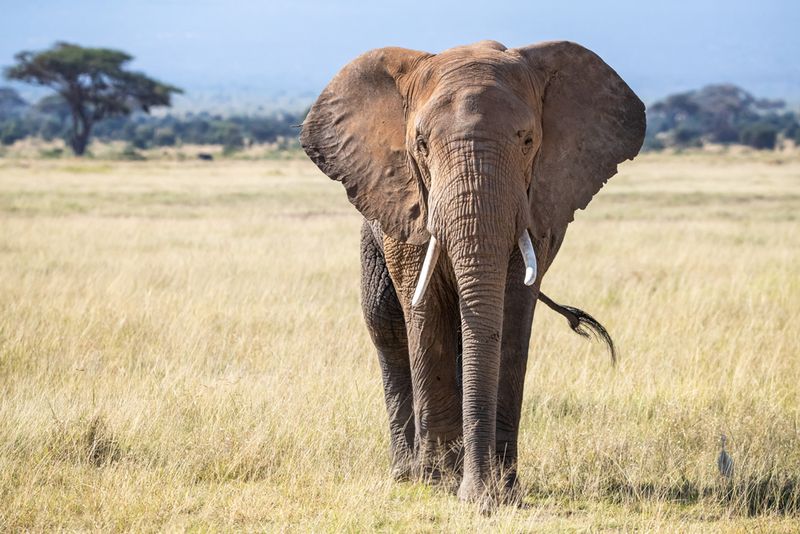
Faced with the threat of poaching, African Elephants are undergoing a dramatic evolutionary response. Increasingly, elephants are being born with smaller tusks or none at all.
This adaptation reduces their risk of being targeted by poachers. The trend is particularly noticeable in regions heavily affected by poaching.
By evolving towards tusklessness, these magnificent creatures demonstrate resilience against human-induced pressures.
This change offers a poignant reminder of the impact humans have on wildlife and the surprising ways animals adapt to survive.
House Sparrow
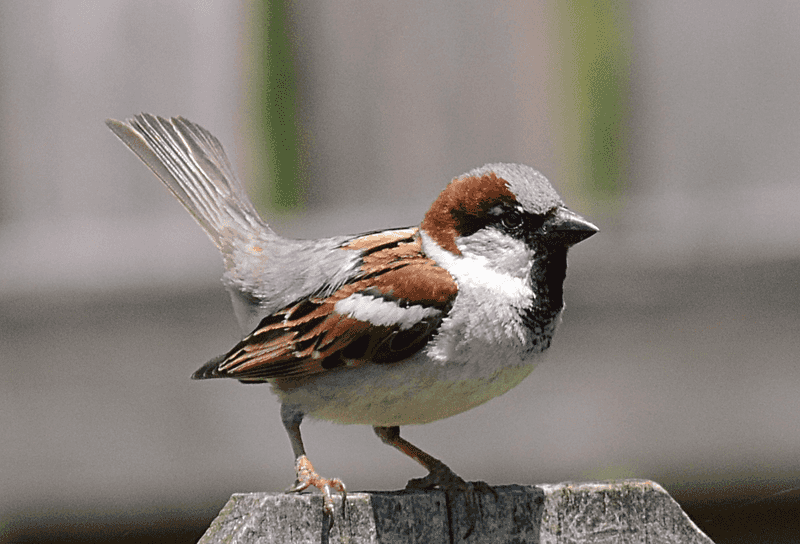
House Sparrows, once travelers across continents, are now adapting uniquely to urban landscapes. These birds are evolving smaller sizes and altered beak shapes to exploit city resources.
Their adaptability to human-altered environments showcases their survival instincts.
In cities, sparrows find abundant food and nesting sites, altering their traditional habits.
This evolution in response to urbanization demonstrates how some species thrive in human environments.
Such adaptability highlights the complex interplay between wildlife and urban development.
Atlantic Cod

Faced with intense fishing pressures, Atlantic Cod are evolving to survive. These fish now mature at smaller sizes, a response to being caught before reaching full growth.
By reproducing earlier, they increase their chances of passing on genes.
This shift in life history traits is a direct response to overfishing.
The cod’s ability to adapt highlights the impact of human activities on marine life.
This evolution presents challenges for management and highlights the need for sustainable fishing practices.
Bedbug

Bedbugs, notorious for their resilience, are developing resistance to insecticides. These pests are evolving thicker exoskeletons and enzyme systems to detoxify chemicals.
Their ability to survive chemical onslaughts makes them formidable foes in urban settings.
This resistance complicates control efforts, prompting research into alternative management strategies.
The bedbug’s evolution reflects broader issues of pest control in modern environments.
Understanding their adaptability is key to effective pest management and mitigation strategies.
Guppy
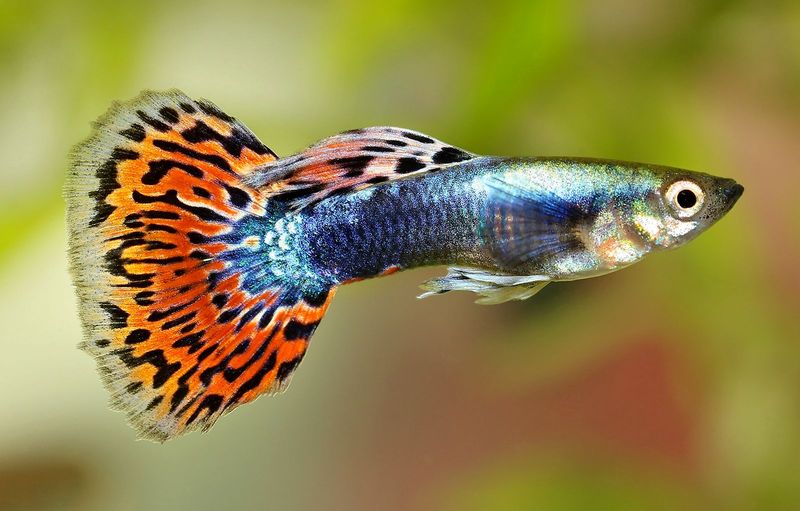
Guppies, small freshwater fish, are evolving rapidly with changing environmental conditions. In Trinidad, they develop different colorations and reproductive strategies based on predator presence.
These fish exhibit remarkable plasticity in their behavior and appearance.
Their rapid evolution provides valuable insights into natural selection and the speed at which species can adapt to environmental pressures.
Guppies serve as an important model for evolutionary studies due to their short generation time and observable changes.
Tawny Owl
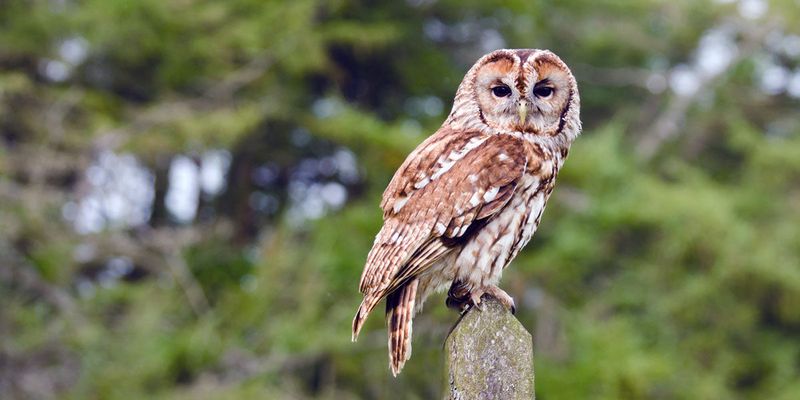
Changing climates are influencing the evolution of the Tawny Owl. In Finland, warmer winters have led to a rise in the population of lighter-colored owls.
These owls blend better with snow-free landscapes, offering camouflage advantages.
The shift in plumage color is a direct response to climate change, showcasing the species’ adaptability.
This evolution highlights the impact of global warming on wildlife and the need for ongoing conservation efforts.
Pink Salmon
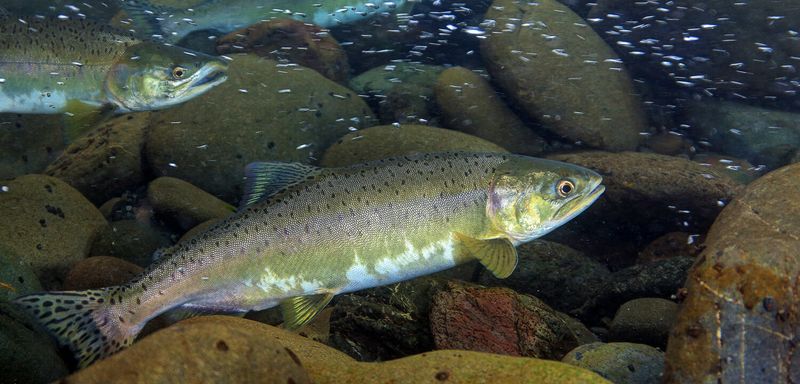
Pink Salmon are adjusting their migratory patterns in response to warming ocean temperatures. These fish are now migrating earlier to ensure successful spawning.
This change in timing highlights the species’ flexibility in response to climate change.
As ocean conditions continue to evolve, so too do the habits of these resilient fish.
Their ability to adapt offers important lessons for understanding marine responses to environmental shifts.
Yellow-bellied Sea Snake
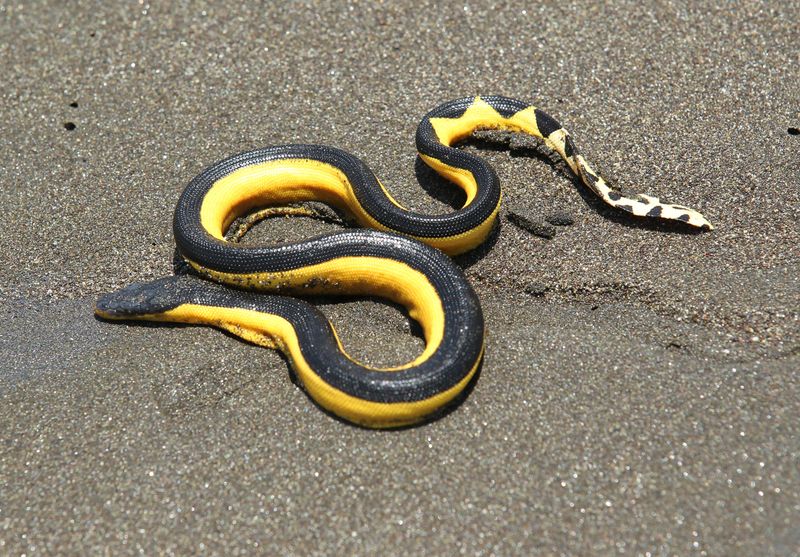
The Yellow-bellied Sea Snake is adapting to oceanic environments with limited freshwater. These snakes are becoming more efficient at extracting moisture from seawater, a vital adaptation in increasingly saline habitats.
Their survival in harsh conditions underscores their resilience and evolutionary ingenuity.
This adaptation is a response to the challenges posed by climate change and varying ocean salinity.
These snakes exemplify the remarkable ways species can adjust to environmental demands.
Great Tit
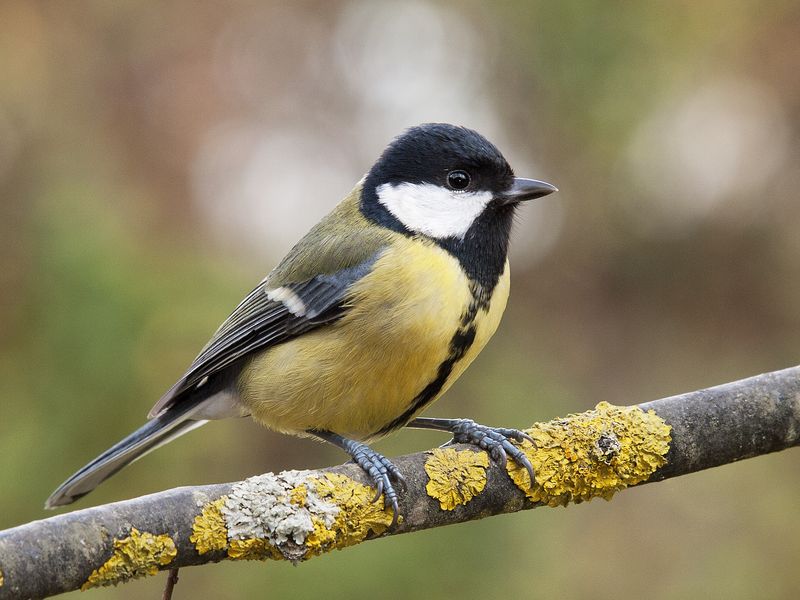
In response to climate change, Great Tits in Europe are altering their breeding times. These birds are now nesting earlier in the year to coincide with peak food availability.
This adjustment increases chick survival rates and highlights their adaptability to environmental changes.
The Great Tit’s evolution is a testament to the ability of species to synchronize life cycles with shifting climates.
This change underscores the importance of flexible reproductive strategies in the face of global warming.
American Black Bear

American Black Bears are increasingly adapting to urban environments. These bears are learning to navigate city landscapes in search of food, altering their foraging behavior.
Their ability to thrive in human-dominated areas demonstrates their remarkable adaptability.
This shift poses challenges for wildlife management but also showcases the bear’s resilience and intelligence.
Understanding how these bears adapt can inform conservation strategies and promote coexistence between wildlife and urban populations.

